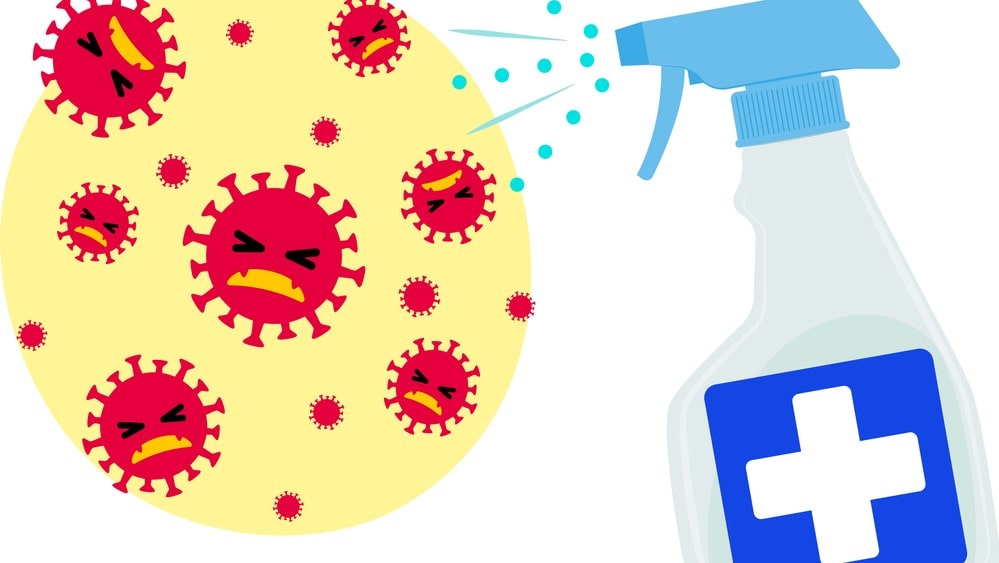Sterilization is the process that eliminates, removes, kills, or deactivates all forms of life and other biological agents such as fungi, bacteria, viruses, spore forms, prions, unicellular eukaryotic organisms such as plasmodium, etc. Sterilization can be carried out through heat, chemicals, irradiation, high pressure, and filtration. In one sentence, sterilization is the process by which an article, surface, or medium is freed from all living organisms either in the vegetative or spore state.
- Autoclaves: They are highly effective and inexpensive. Unsuitable for heat-sensitive objects.
- Hot air ovens: They are inefficient compared to autoclaves.
- Ethylene oxide: It is suitable for heat-sensitive items but leaves toxic residue on sterilized items.
- Low-temperature steam and formaldehyde: They are effective for instruments with cavities or tubular openings.
- Sporicidal chemicals: They are often used as disinfectants but can also sterilize instruments if used for prolonged periods.
- Irradiation: Gamma rays and accelerated electrons are excellent at sterilization.
- Gas plasma: Many types of gases are used as a source of plasma which is used for the inactivation of microorganisms.
Table of Contents
Principle of sterilization process:
- Thorough cleaning of instruments before sterilization.
- Contact of the sterilizing agent with all surfaces of each item for a specified period at the specified temperature.
- Regular service and maintenance of sterilizing equipment.
Need for sterilization:
- Microorganisms are capable of causing infection.
- They are responsible for contamination and infection.
Mechanism of the sterilization process:
- Denaturation of protein
- Oxidation
- Filtration
- Interference with protein synthesis
- Disruption of cell membranes
- Interruption of DNA synthesis/repair.
Some Important Terminologies in the sterilization process
Disinfectant: The process of destruction or removal of all pathogenic organisms. Examples: Alcohol, formaldehyde, chloramines, etc.
Asepsis: It is the absence of disease-producing organisms. It is two types viz. medical and surgical. Medical asepsis is the process that helps to reduce the number and spread of microorganisms. Surgical asepsis is the process by which the complete removal of microorganisms and their spores from the surface of an object.
Antisepsis: The procedure of antiseptic solution which inhibits the growth of microorganisms with their contact. Example: Butadiene.
Classification of Sterilization: Broadly sterilization is classified as physical, chemical, gaseous, mechanical, and radiation methods.
Pharmaceutical Importance of Sterilization
- Moist heat sterilization is the most efficient biocidal agent. In the pharmaceutical industry, it is used for Surgical dressings, Sheets, Surgical and diagnostic equipment, Containers, Closures, Aqueous injections, Ophthalmic preparations and Irrigation fluids, etc.
- Dry heat sterilization is used for thermo-stable, moisture-sensitive, or moisture impermeable pharmaceutical and medicinal. These include products like; Dry powdered drugs, Suspensions of the drug in non-aqueous solvents, Oils, fats waxes, soft hard paraffin silicone, Oily injections, implants, ophthalmic ointments and ointment bases, etc.
- Gaseous sterilization is used for sterilizing thermolabile substances like; hormones, proteins, various heat-sensitive drugs, etc.
- U.V. light is the most lethal component in ordinary sunlight used in the sanitation of garments or utensils.
- Gamma-rays from Cobalt 60 are used to sterilize antibiotics, hormones, sutures, plastics, and catheters, etc.
- Filtration sterilizations are used in the treatment of heat-sensitive injections and ophthalmic solutions, biological products, air, and other gases for supply to aseptic areas. They are also used in industry as part of the venting systems on fermenters, centrifuges, autoclaves, and freeze driers. Membrane filters are used for sterility testing.
Make sure you also check our other amazing Article on : Acid Fast Staining
